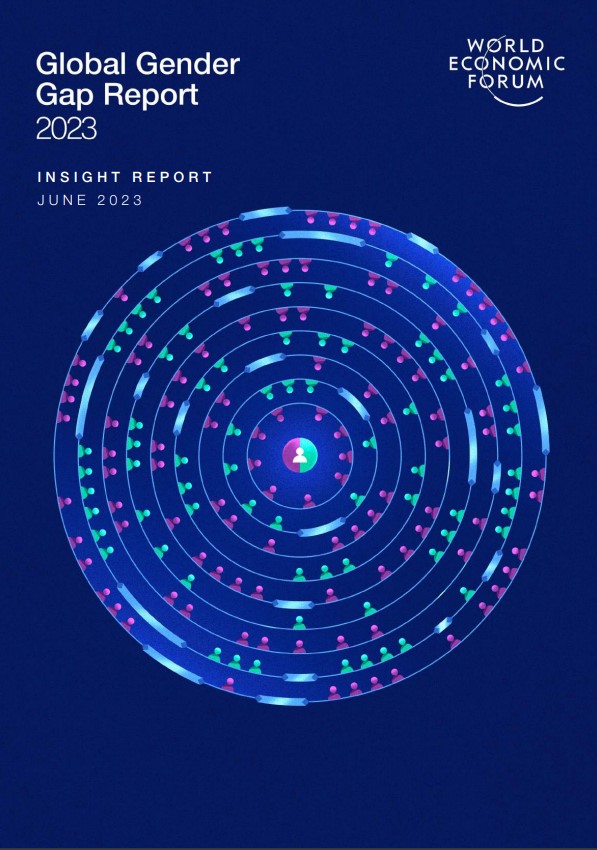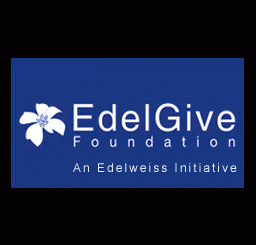Global Gender Gap Report 2023
Source – World Economic Forum

World Economic Forum launched the Global Gender Gap Report 2023 which benchmarks the current state and evolution of gender parity across four key dimensions (Economic Participation and Opportunity, Educational Attainment, Health and Survival, and Political Empowerment).
In the 2023 edition, the global gender gap score for 146 countries is 68.4%, indicating modest progress in closing the gender gap. Out of the 145 countries covered in both the 2022 and 2023 editions, the overall score has improved by 0.3 percentage points, increasing from 68.1% to 68.4%. This suggests a very slight change compared to the previous year’s edition.
The gender gap in Health and Survival has closed by 96% across the 146 countries covered. The Educational Attainment gap has also narrowed by 95.2%, indicating progress in educational opportunities for all genders. However, the Economic Participation and Opportunity gap stands at 60.1%, suggesting room for improvement in providing equal economic opportunities. Similarly, the Political Empowerment gap remains at 22.1%, highlighting the need for increased representation and participation of women in political decision-making processes.
Performance of South Asia in Bridging Gender Gap
Among the eight regions, Southern Asia has achieved a gender parity score of 63.4%, which is the second-lowest score. However, there has been progress in the region, with the score increasing by 1.1 percentage points compared to the previous edition. This improvement can be attributed, at least in part, to the higher scores of populous countries such as India, Pakistan, and Bangladesh.
The Key highlights of the report are as follows:
- Evolving gender gaps in the global labor market
Women worldwide still experience higher unemployment rates compared to men, with women having an unemployment rate of approximately 4.5% while men have a slightly lower rate of 4.3%.
- Women in Leadership Positions
For the past eight years, the proportion of women hired into leadership positions has been steadily increasing by about 1% per year globally. However, this trend shows a clear reversal starting in 2022, which brings the 2023 rate back to 2021 levels.
- Gender Gaps in the labor markets of the Future
In non-STEM occupations, women represent nearly half, or 49.3%, of the total employment. However, in STEM fields, women make up only 29.2% of all workers. Although the percentage of female STEM graduates entering STEM employment is growing with each cohort, the data regarding the integration of STEM university graduates into the labor market reveals a significant drop in the retention of women in STEM field.
- DEI programs to close gender gaps
Over two-thirds of the organizations surveyed have adopted Diversity, Equity, and Inclusion (DEI) programs. Among the companies surveyed, a significant majority (79%) are implementing DEI programs specifically with a focus on women, demonstrating a commitment to promoting gender equality in the workplace.
Promoting women’s economic participation and achieving gender equality in leadership roles, both in business and government, are crucial for addressing overall gender disparities in households, societies, and economies. To accelerate progress toward gender parity and foster growth and resilience, bold and coordinated action from leaders in both the private and public sectors is essential.
Read the full report here!


